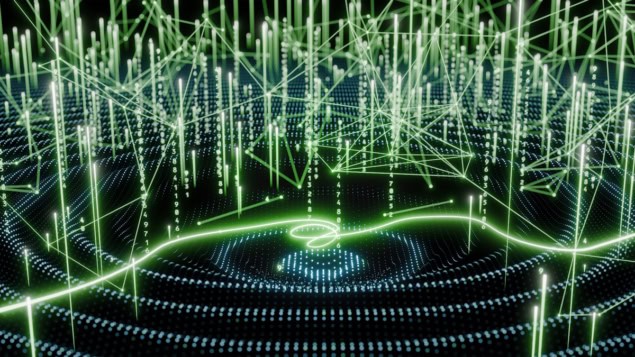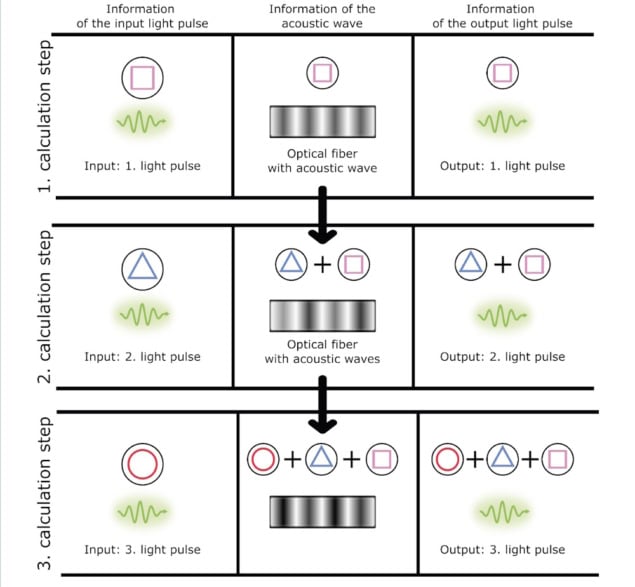
One of the things that sets humans apart from machines is our ability to process the context of a situation and make intelligent decisions based on internal analysis and learned experiences.
Recent years have seen the development of new “smart” and artificially “intelligent” machine systems. While these do have intelligence based on analysing data and predicting outcomes, many intelligent machine networks struggle to contextualize information and tend to just create a general output that may or may not have situational context.
Whether we want to build machines that can make informed contextual decisions like humans can is an ethical debate for another day, but it turns out that neural networks can be equipped with recurrent feedback that allows them to process current inputs based on information from previous inputs. These so-called recurrent neural networks (RNNs) can contextualize, recognise and predict sequences of information (such as time signals and language) and have been used for numerous tasks including language, video and image processing.
There’s now a lot of interest in transferring electronic neural networks into the optical domain, creating optical neural networks that can process large data volumes at high speeds with high energy efficiency. But while there’s been much progress in general optical neural networks, work on recurrent optical neural networks is still limited.
New optoelectronics required
Development of recurrent optical neural networks will require new optoelectronic devices with a short-term memory that’s programmable, computes optical inputs, minimizes noise and is scalable. In a recent study led by Birgit Stiller at the Max Planck Institute for the Science of Light, researchers demonstrated an optoacoustic recurrent operator (OREO) that meets these demands.

The acoustic waves in the OREO link subsequent optical pulses and capture the information within, using it to manipulate the next operations. The OREO is based on stimulated Brillouin-Mandelstam scattering, an interaction between the optical waves and travelling sound waves that’s used to add latency and slow the acoustic velocity. This process enables the OREO to contextualize a time-encoded stream of information using sound waves as a form of memory, which could be used not only to remember previous operations but as a basis to manipulate the output of the current operation – much like in electronic RNNs.
“I am very enthusiastic about the generation of sound waves by light waves and the manipulation of light by the means of acoustic waves,” says Stiller. “The fact that sound waves can create fabrication-less temporary structures that can be seen by light and can manipulate light in a hair-thin optical fibre is fascinating to me. Building a smart neural network based on this interaction of optical and acoustic waves motivated me to embark on this new research direction.”
Designed to function in any optical waveguide, including on-chip devices, the OREO controls the recurrent operation entirely optically. In contrast to previous approaches, it does not need an artificial reservoir that requires complex manufacturing processes. The all-optical control is performed on a pulse-by-pulse basis and offers a high degree of reconfigurability that can be used to implement a recurrent dropout (a technique used to prevent overfitting in neural networks) and perform pattern recognition of up to 27 different optical pulse patterns.
“We demonstrated for the first time that we can create sound waves via light for the purposes of optical neural networks,” Stiller tells Physics World. “It is a proof of concept of a new physical computation architecture based on the interaction and reciprocal creation of optical and acoustic waves in optical fibres. These sound waves are, for example, able to connect several subsequent photonic computation steps with each other, so they give a current calculation access to past knowledge.”
Looking to the future
The researchers conclude that they have, for the first time, combined the field of travelling acoustic waves with artificial neural networks, creating the first optoacoustic recurrent operator that connects information carried by subsequent optical data pulses.

All-optical network mimics the brain’s neurons and synapses
These developments pave the way towards more intelligent optical neural networks that could be used to build a new range of computing architectures. While this research has brought an intelligent context to the optical neural networks, it could be further developed to create fundamental building blocks such as nonlinear activation functions and other optoacoustic operators.
“This demonstration is only the first step into a novel type of physical computation architecture based on combining light with travelling sound waves,” says Stiller. “We are looking into upscaling our proof of concepts, working on other light–sound building blocks and aiming to realise a larger optical processing structure mastered by acoustic waves.”
The research is published in Nature Communications.



